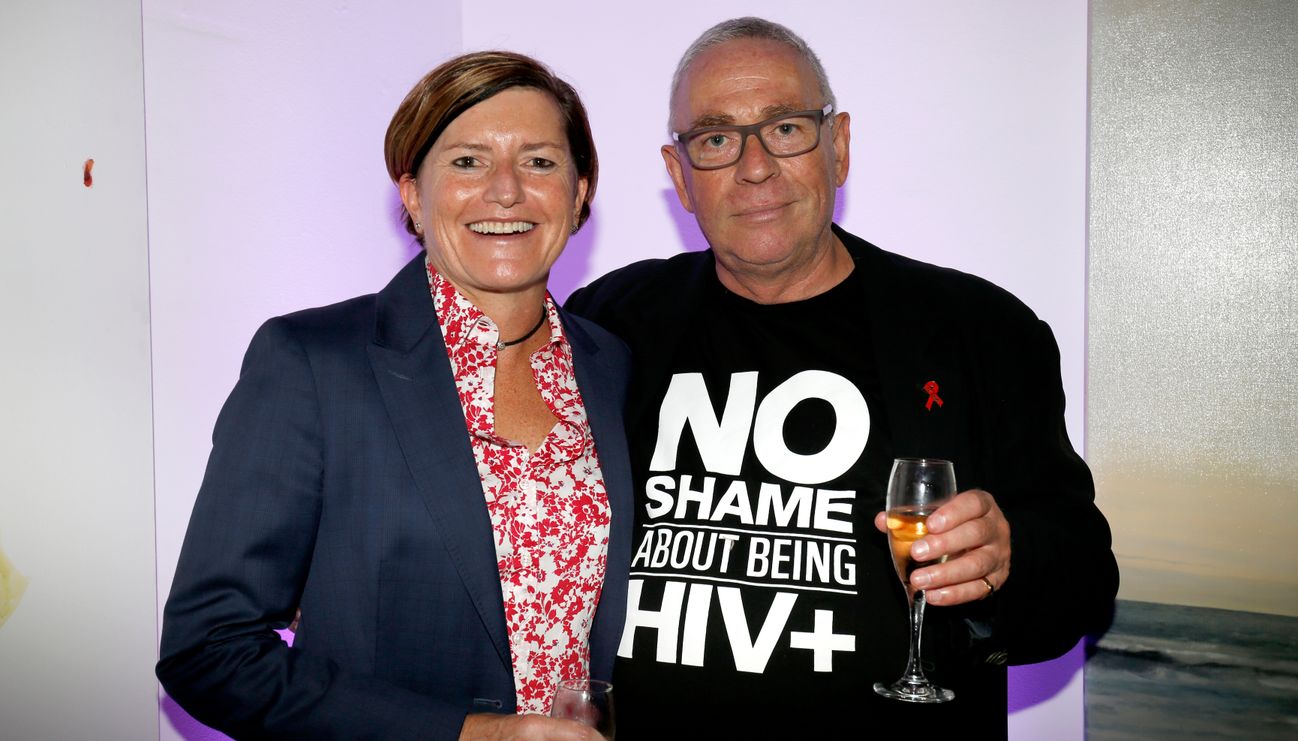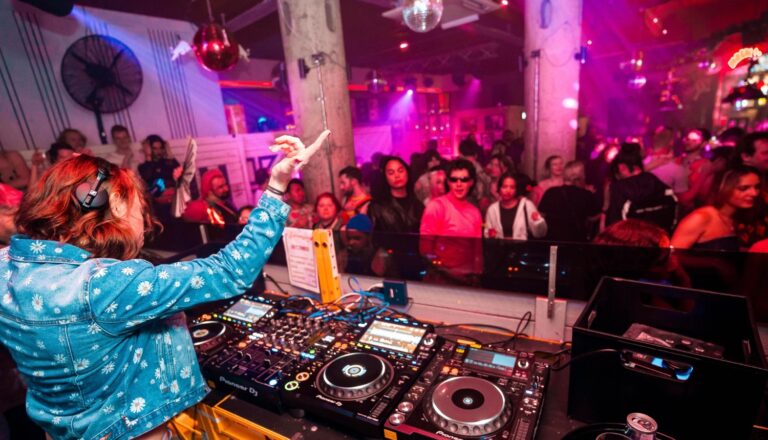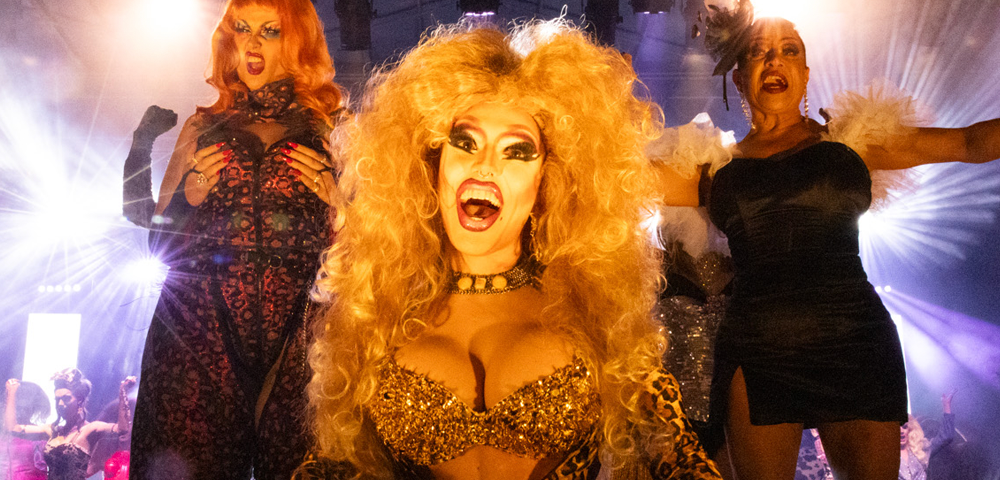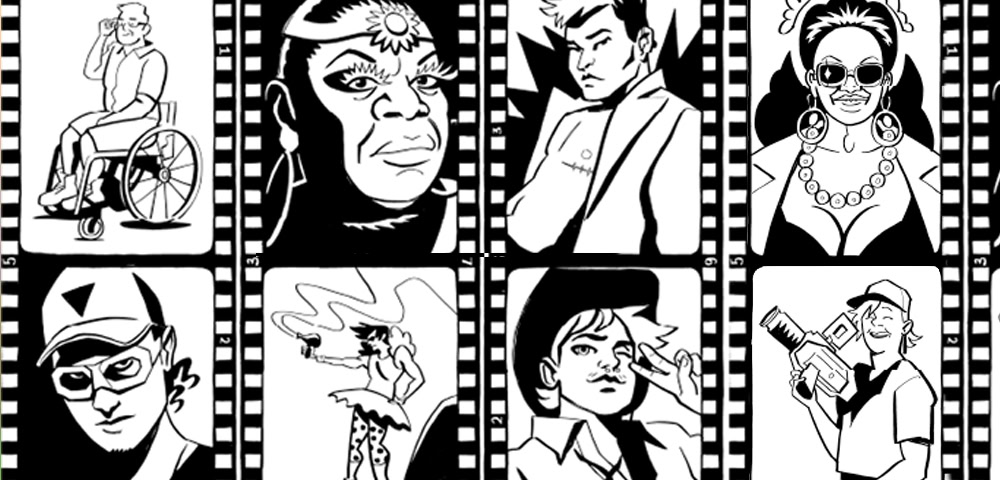
St Vincent’s Hospital a “safe haven” during the HIV/AIDS crisis

During the AIDS crisis, St Vincent’s Hospital in Sydney was the healthcare centre for the virus, treating more than half of those diagnosed.
***
The eighties and nineties were a precarious time for gay and bisexual men in Australia.
After the AIDS crisis hit, stigma around the virus rose among the broader community and those affected by it struggled to find adequate support and healthcare.
Mardi Gras proved invaluable as a political tool to raise awareness around HIV/AIDS from the start of the devastating epidemic through to now.
And as activists rallied and the community took to the streets during the annual parade, the Sisters of Charity and doctors at St Vincent’s Hospital in Sydney were working tirelessly in the background to provide compassionate care to those diagnosed with HIV/AIDS.
One of the first 400 people to be diagnosed in Sydney was David Polson, who says he was beyond “lucky” to receive care at St Vincent’s.
“A lot of friends weren’t so lucky,” he recalls.
“In one case a doctor told his patient to get out and not come back, because he didn’t want anyone with AIDS.
“But at St Vincent’s we were looked after, they were determined to ensure all HIV patients got the care they needed.”
A year after the first patients were diagnosed, St Vincent’s established Ward 17 South, the first dedicated HIV/AIDS unit in Australia.
It went on to become the healthcare centre for the virus, and more than half of the country’s HIV/AIDS patients were treated there.
Whether you were a patient or knew someone who was, the Sisters and doctors at St Vincent’s were there to help in any way possible.
“I had so many friends at St Vincent’s, and we could come in and visit at any time of day or night – there were no restrictions on food, and if we wanted extra sandwiches we could have them,” Polson says.
“It was a haven.
“When I was hospitalised I nearly died three times, and the care I received during those weeks was exemplary. Everyone there treated us in such a sensitive manner.”
Polson adds that nurses from St Vincent’s would also often attend the annual candlelight AIDS vigil in Sydney.
“Because of that openness and welcoming attitude towards HIV/AIDS patients, St Vincent’s helped to show other doctors around the country that there was nothing to fear about us,” he says.
While HIV is now a manageable condition, St Vincent’s still relies on community support to continue to care for people living with HIV.
The St Vincent’s Curran Foundation has established the St Vincent’s HIV Future Fund to support universal HIV treatment including those who are not eligible for Medicare, providing crisis housing support for homeless HIV-positive people, and ongoing medical research investigating the impact of HIV on the body as it ages.
You can help St Vincent’s raise the $1 million it needs to provide care to the 25,000 Australians living with HIV. Donate at: www.supportstvincents.com.au/donate or call 1800 800 595.









